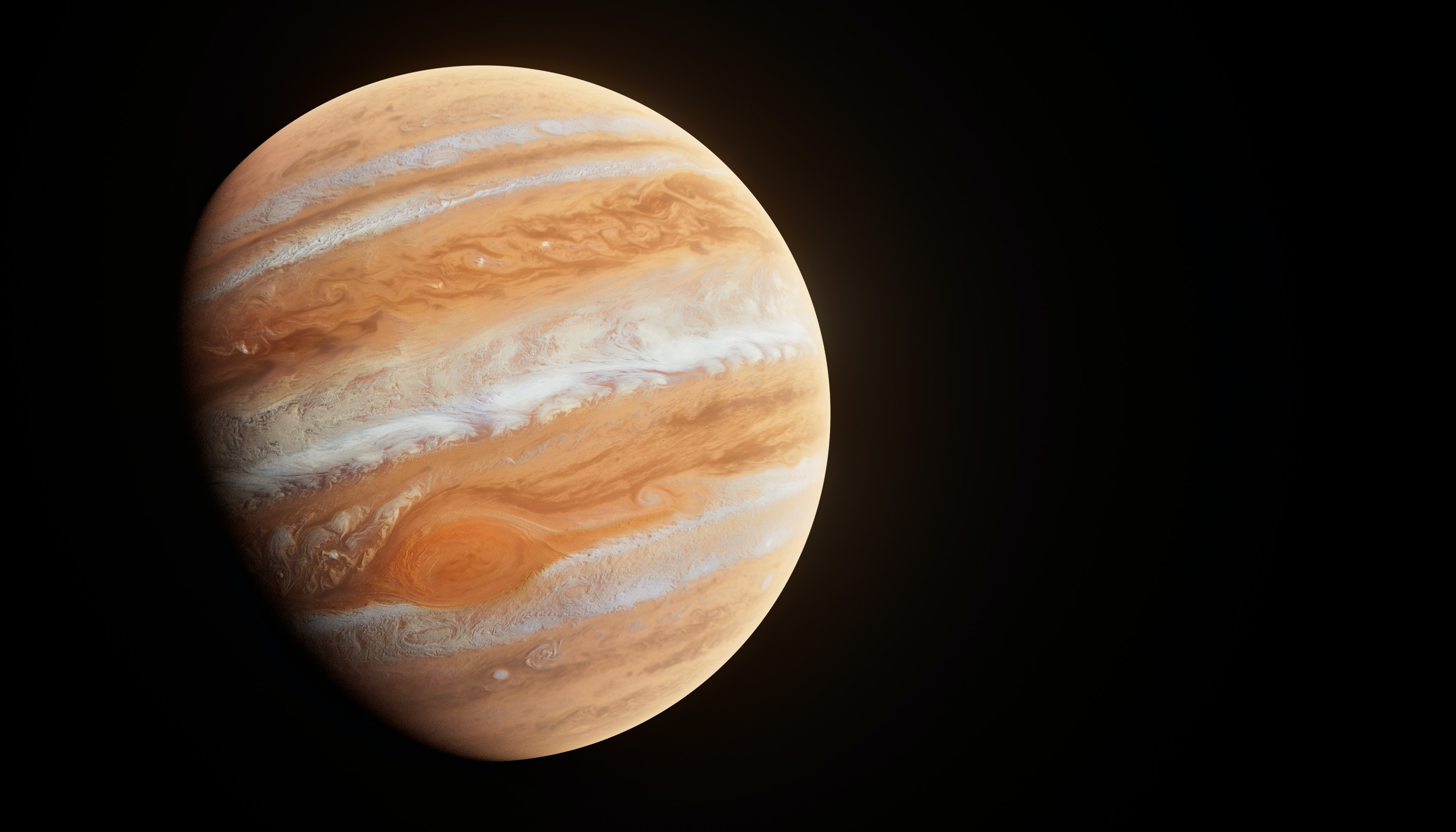Media release
From:
Springer Nature
Giant Jupiter-like planets may be more common in the nearby solar neighbourhood than previously thought, suggests a Nature Communications paper. The findings suggest the possibility that other systems may be similar to our own and improve our understanding of these giant planets orbiting nearby stars.
Models predict that giant planets should easily form around solar-type stars, but until now not many have been found. Previous research has suggested that the Solar System may be unusual because less than 20% of solar-type stars are orbited by Jupiter-like planets — planets that have a similar mass and orbit to Jupiter. However, these planets may be much more common in young moving stellar groups. Four massive Jupiter-like planets have been already discovered in the nearby young β Pic Moving Group (BPMG) — a group of stars which is located relatively near Earth — using a technique called high-contrast imaging. Young moving stellar groups are strong targets for direct imaging of exoplanets, and are important for stellar formation and evolution, and planet-forming circumstellar disk evolution studies. Four other planets have also been suggested using high-precision astrometry by the European Space Agency’s Gaia satellite.
Raffaele Gratton and colleagues analysed 30 stars in BPMG using stellar mass-planetary distance distributions, which are widely used to discuss planet formation scenarios. They found that 20 of them might host a Jupiter-like planet, as their orbits would be stable. The authors suggest that Jupiter-like planets may be more common than previously found, at least in small star-forming regions.
Journal/
conference:
Nature Communications
Organisation/s:
INAF-Osservatorio Astronomico di Padova, Padova, Italy
Funder:
R.G., S.D., V.D., D.M., E.R. acknowledge support from the PRIN-INAF 2019 “Planetary systems at young ages (PLATEA)" and ASI-INAF agreement no. 2018-16-HH.0. A.Z. acknowledges support from the FONDECYT Iniciación en investigación project number 11190837 and ANID— Millennium Science Initiative Programme—Center Code NCN2021_080. This work has made use of the SPHERE Data Center, jointly operated by OSUG/IPAG (Grenoble), PYTHEAS/LAM/CeSAM (Marseille), OCA/ Lagrange (Nice), and Observatoire de Paris/LESIA (Paris). This research has made use of the SIMBAD database, operated at CDS, Strasbourg, Article https://doi.org/10.1038/s41467-023-41665-0 Nature Communications | (2023) 14:6232 13 France. This work has made use of data from the European Space Agency (ESA) mission Gaia (https://www.cosmos.esa.int/gaia), processed by the Gaia Data Processing and Analysis Consortium (DPAC, https://www.cosmos.esa.int/web/gaia/dpac/consortium). Funding for the DPAC has been provided by national institutions, in particular, the institutions participating in the Gaia Multilateral Agreement. This paper includes data collected by the TESS mission and obtained from the MAST data archive at the Space Telescope Science Institute (STScI). Funding for the TESS mission is provided by the NASA Science Mission Directorate. STScI is operated by the Association of Universities for Research in Astronomy, Inc., under NASA contract NAS 5-26555. This publication makes use of data products from the Two Micron All Sky Survey, which is a joint project of the University of Massachusetts and the Infra-red Processing and Analysis Center/California Institute of Technology, funded by the National Aeronautics



 International
International



